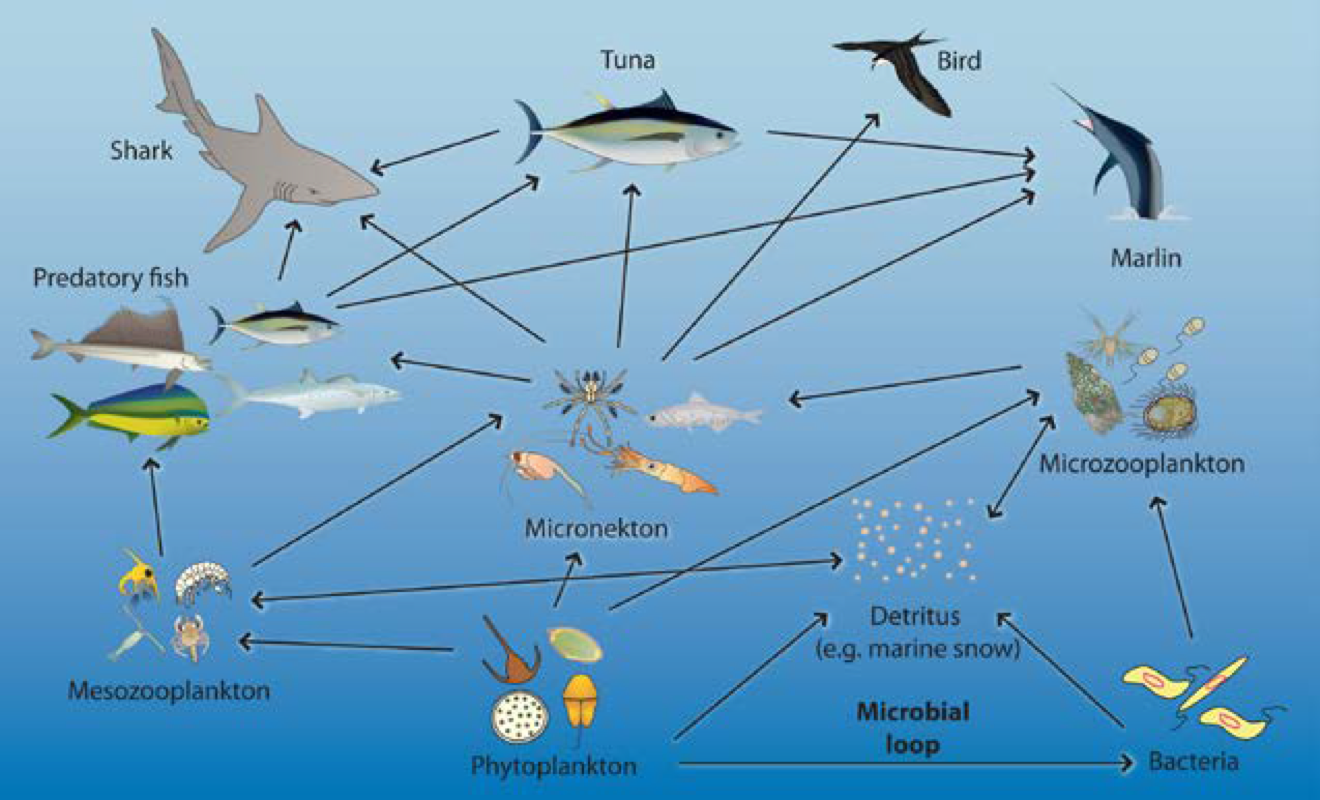Named ‘The Trapping Zone,’ the newly discovered ecosystem is teeming with activity. It appears to be an oasis for supporting life, located 500m below the surface of the Indian Ocean.
It’s not every day that we hear news of an entirely new ecosystem being discovered, but it looks like scientists and ocean lovers have just gotten lucky.
While recently exploring the depths of the Indian Ocean, marine biologists aboard the Nekton Maldives Mission unexpectedly stumbled upon a symbiosis of life never before seen. They’ve named the area ‘The Trapping Zone’.
At half a kilometre below the surface, a variety of apex predators such as sharks and large tuna were witnessed engaging in a feeding frenzy. The researchers noticed that the animals were preying on small sea creatures called micro-nekton.
Micro-nekton, which is a little transformer-sounding, to be honest, are small aquatic organisms that swim independently of the current and feed on zooplankton. They could be cephalopods (squid), crustaceans (shrimp), or other tiny fishes.
What makes The Trapping Zone so remarkable is that, here, micro-nekton appear to be trapped against the subsea landscape of the Indian Ocean.





















